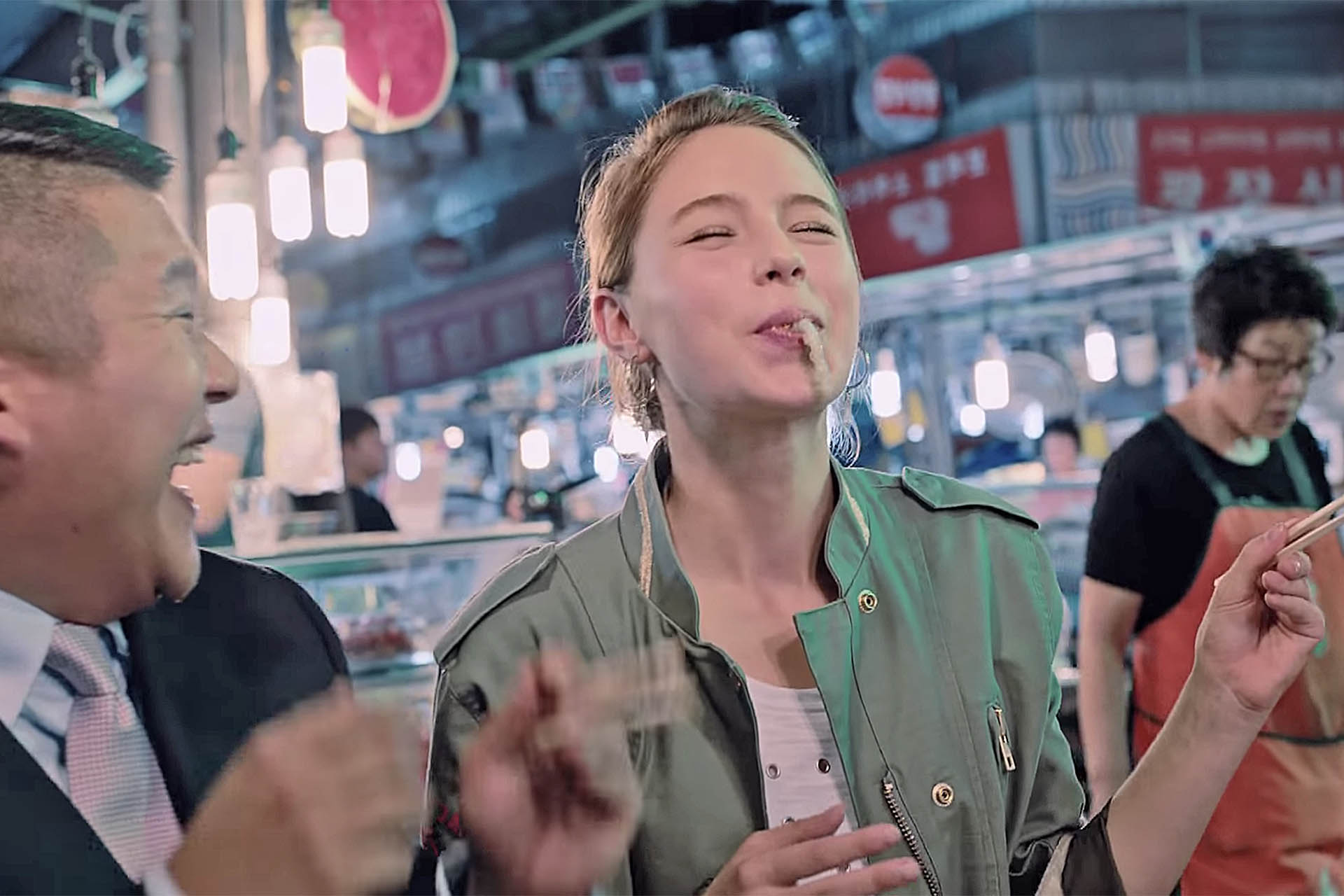Korea government will expand the target of issuing multiple visas to increase the number of tourists from China and Southeast Asia. It will also test-introduce a transfer tour program at a local airport starting next year to boost regional tourism.
⚡ Apply your 2020 Korea Custom Tour
The government held the fourth National Tourism Strategy Conference presided over by Prime Minister Lee Nak-yon at the eastern warehouse of the complex cultural space in Cheongju, North Chungcheong Province, on December 12 afternoon and announced a “travel-oriented regional tourism development strategy.”
The plan is designed to remove four major obstacles from the perspective of travelers: lack of information on tourism in areas that hinder tourism, issuance of visas, lack of access to and from local airports, insufficient tourism transportation, and low service quality in local areas.
The issuance of multiple visas will be expanded to Southeast Asian tourists. The government plans to expand the current requirement for multiple visas, limited to civil servants, professionals and residents of Vietnam’s metropolitan cities, to high-income individuals with $200,000 in personal assets and to senior managers of major companies in the country.
As for young people in the new southern countries, the government plans to sign a Korea-ASEAN tourism agreement to allow them to stay in Korea freely for up to a year and get a part-time job in tourism, language training and other fields.
In order to prevent the replacement of travel destinations with Japan due to longer visa issuance periods than Japan, the government will also increase the number of visa-related personnel from the three Southeast Asian countries (Philippines, Indonesia, Vietnam) to reduce the visa issuance period. The paperless “mobile customs declaration” will also be introduced to make the immigration process easier.
In order to promote regional tourism, the government will also push for a plan to link the number of inbound tourists to regional airports.
To help foreign tourists to the provinces move without inconvenience, the government will improve and expand the multilingual guidance system and strengthen links between regions by reorganizing existing tourist circulation buses, city tour buses and shuttle buses with regional transportation hubs such as airports and train stations.
The government also decided to introduce a standard model for tourist information centers that can provide information on tourism, interpretation, travel counseling, and tax refund.
“This measure will open the era of 20 million foreign tourists, 380 million domestic trips and 120 trillion won in tourism spending next year,” said a Ministry of Culture, Sports and Tourism official.
